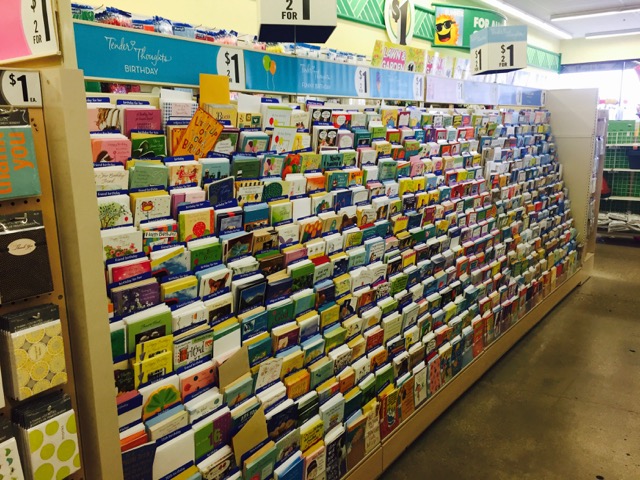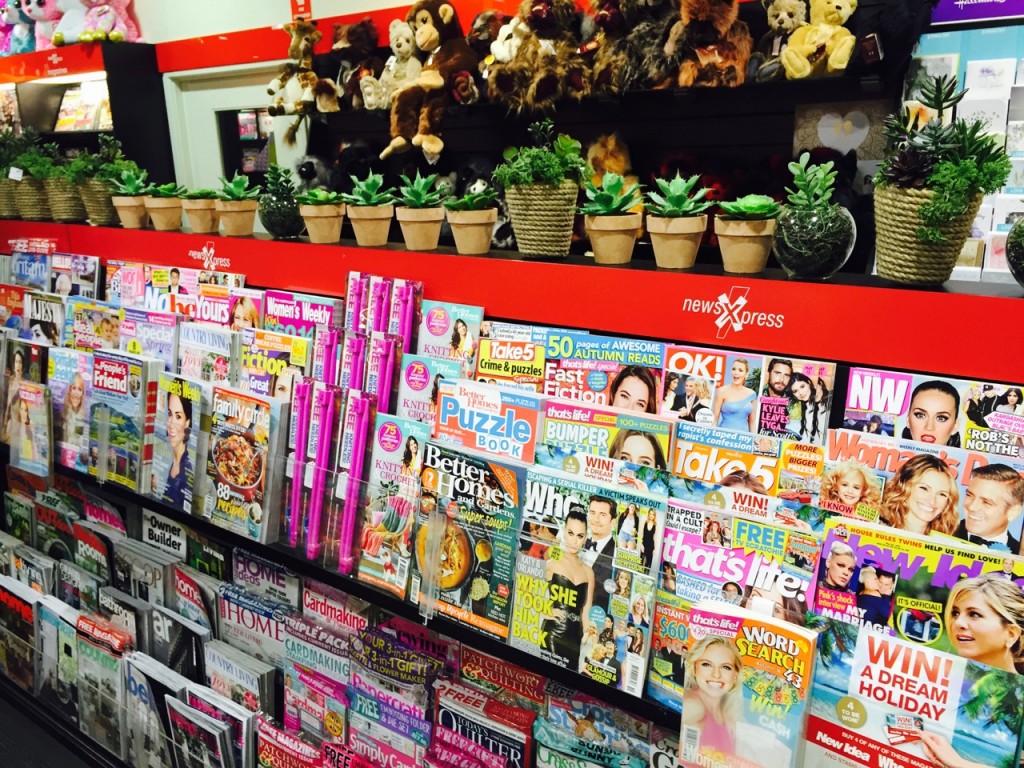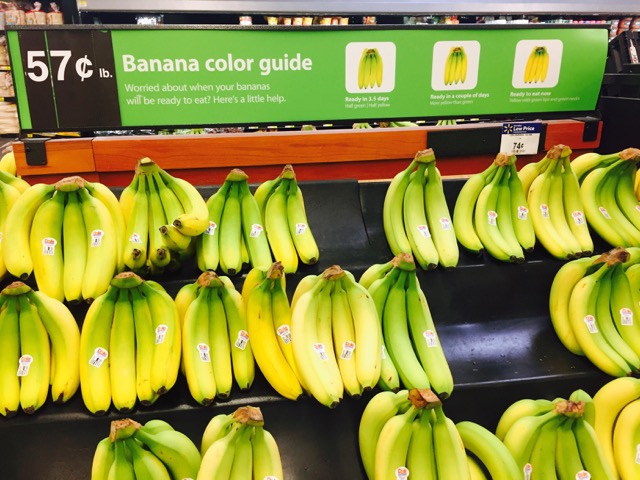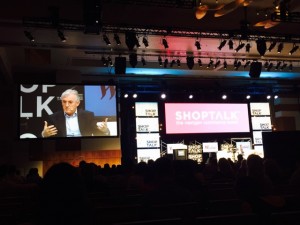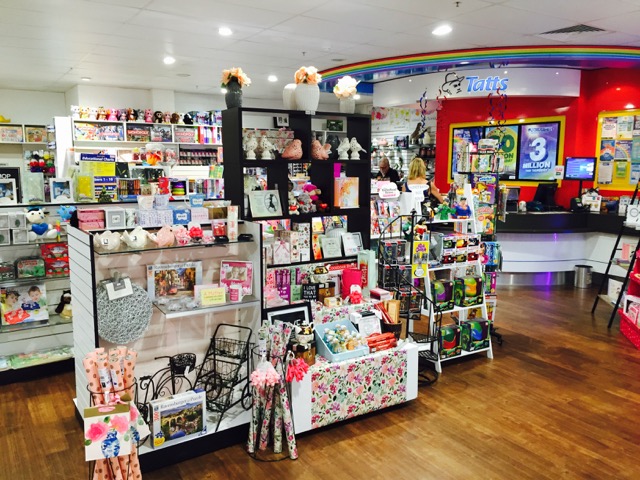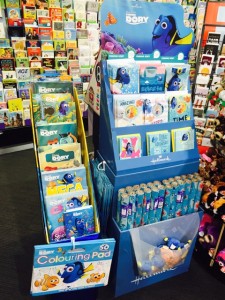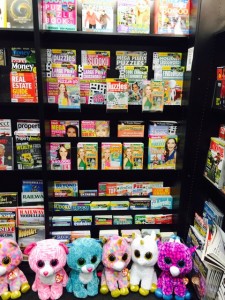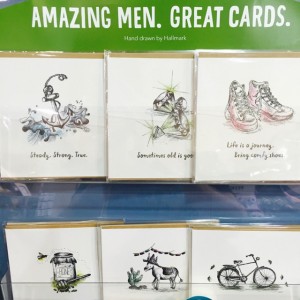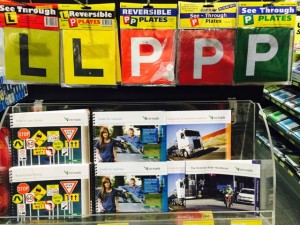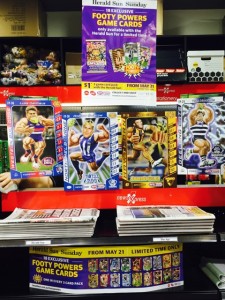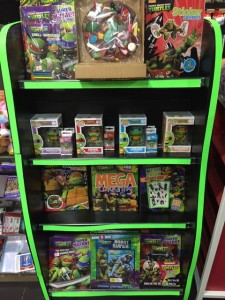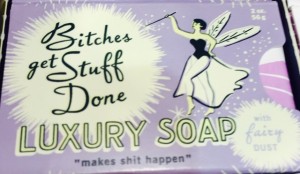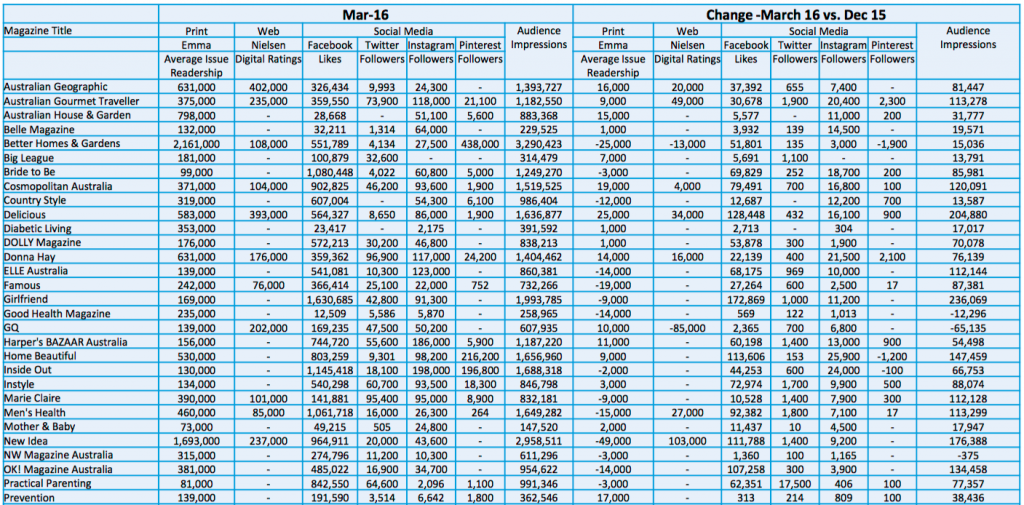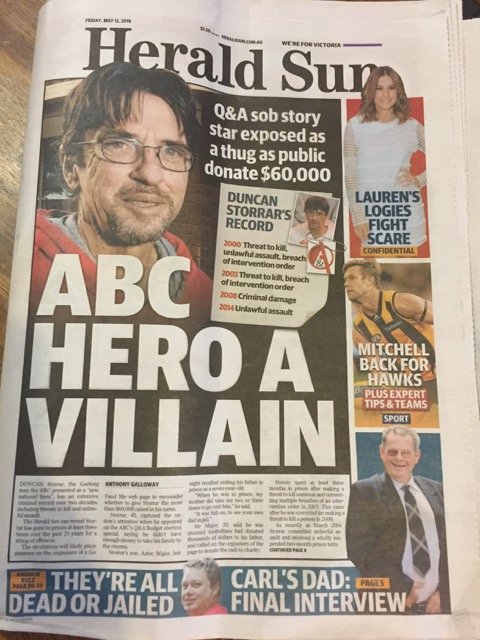On May 13, Mathias Cormann, Liberal senator for Western Australia and current Finance Minister tweeted: Bill Shorten confirms that he opposes tax cuts for newsagents, bakers, chemists and many other small businesses around Australia. here is a screen cap from Twitter
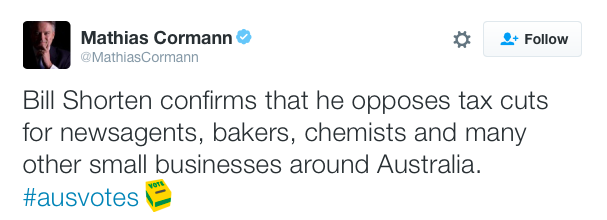
The tweet was retweeted 19 times including by the official Twitter accounts of the Liberal party and the National party, follow politicians and others.
This tweet mentioning newsagents reached over 200,000 people.
I was curious about the tweet as I had not heard of opposition to tax cuts for newsagents from Bill Shorten, so I asked Mathias Cormann as question in report to his tweet, on Twitter: Can you please provide evidence of this claim? I figured since he put the claim out there on Twitter this was the best place to engage with simon it as Twitter is a platform enabling conversations after all.

I genuinely expected a response quickly. Cormann did not respond. In fact, I waited a week and then tweeted Cormann again: I know you’re busy chasing re-election but we pay your wage. Please provide evidence of your claim. .

As of this morning, Saturday, May 21, Cormann has not responded nor have any of his political allies engaged further on this thread.
All I want is the evidence on which Mr Cormann has based his claim. If you read the thread you will see people attacking Cormann on the issue, themselves making political statements. My two tweets do not make nor are they intended to make any political statement. I have only one question – please provide evidence supporting your claim.
Any politician engaging on social media ought to be prepared to respond to queries on social media. I consider a tweet to be like someone standing on a street corner, on a box, making a speech to anyone within earshot.
On Twitter, I am within earshot of Mr Cormann. I am in the crowd listening to him. He has made a statement and I asked him a question as anyone could do in a crowd listening to him on a street corner.
It is disappointing Mr Cormann has ignored my one simple question.
So, I hit the internet to try and find evidence supporting Cormann’s claim. The only evidence I could find related to Bill Shorten’s budget reply speech where he says Labor supports tax cuts for small businesses. he goes on to say: Labor will support a tax cut for small business – but unlike the Prime Minister – we will not use this as camouflage for a massive tax cut to big multinationals.
In this he is referring to the re-definition of small businesses to be those earning up $10M and the proposed ramping up of tax cuts through to bigger businesses as laid out in the Coalition government budget.
I searched the Internet using a range of search strings and the only reference I could find to Mr Shorten and newsagents was one unrelated story in the AFR.
The only justification Mr Cormann might rely on is the budget response speech. However that does not stack up for the vast majority of newsagents fall within the $2M turnover threshold supported by Labor on the matter of tax cuts.
It frustrates me when any politician from any party makes a claim about an opponent for which there is no evidence to support the claim. My frustration turns to despair for our country when a simple question to a politician asking for evidence of such a claim is ignored.
All I can conclude is that Mr Cormann does not have the evidence to support his claim that Labour opposes tax cuts for newsagents, bakers, chemists and many other small businesses.
Mr Cormann was happy to take the claim yet has not had the respect of democracy to show the claim is true.
All this matters to me because small business is a key topic in this election. This agenda was set in the Government’s budget. They put small business on the table in the policy debate. Labor joined them in talking about small business.
Any politician talking about their opponents and their small business policy ought to be prepared to back claims about opponents with facts. Regardless of who one votes for, the truth matters.
Footnote: turnover will only include agency commission. So, for lottery products, transport tickets, phonecard sales, mobile phone top up etc. you only include commission in your turnover figure.


